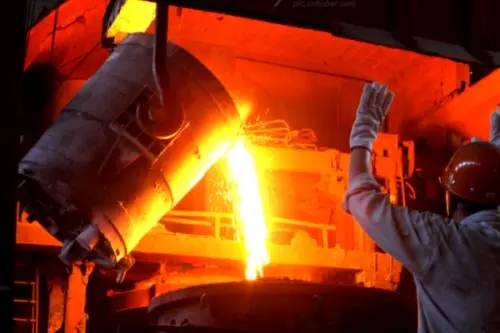Classification and characteristics of various amorphous refractories
Posted time:2021-11-30 Page view:27959There are many types of amorphous refractories, which can be classified according to the material or binder used. According to its process characteristics, it can be divided into castable, ramming material, jet material and refractory mud. In a broad sense, refractory coatings are also considered to be amorphous refractory materials.

The chemical and mineral composition of amorphous refractories depends mainly on the granular and powdery refractories used. It is also closely related to the type and amount of adhesive used. The density of structures or products made of amorphous refractories is mainly related to the composition materials and their proportions. At the same time, much depends on the construction method and process. In general, compared with the sintered products of the same material, most amorphous refractory materials before sintering or even after sintering, due to the small external force during the forming process, the porosity is higher; The chemical reaction before sintering may change the structure or some properties of the product, and some medium temperature strength may be slightly reduced due to the presence of non-high temperature stable materials such as binders, and the volume stability at high temperatures may be slightly lower, the porosity is higher, the corrosion may be lower, but the thermal shock resistance is generally higher.
The production of amorphous refractory materials only goes through the preparation of particles and powder materials and the mixing process of the mixture. The process is simple, the yield is high, the supply is fast and the heat energy consumption is low. When the fire brick masonry or the whole structure is damaged locally, it can be repaired by cold or hot spraying method, which is both fast and economical. It is especially needed as a protective layer and sealing material for masonry or lightweight refractory materials. Easy to make large refractory products.
